June 12, 2024
The growing adoption of solar energy is transforming the global energy landscape. A significant factor contributing to this shift is the advancement of solar design software tools, which play a critical role in planning and executing solar panel installations.
These tools streamline the design process, improve accuracy, and enhance overall efficiency, leading to significant cost reductions. This article explores how solar design software tools impact the cost of solar panel installations and the various benefits they offer.
So, let's start!
Introduction to Solar Design Software
Solar design software tools are specialized applications used to plan and simulate solar photovoltaic (PV) systems. They assist in various stages of the solar installation process, from initial site assessment and system design to performance simulation and financial analysis. These tools incorporate advanced algorithms, geographical data, and solar irradiance information to create precise and optimized solar PV system designs.

When going solar, it's crucial to consider how much sunlight your location receives, as this directly impacts energy production. Solar design software helps in assessing this factor accurately. Additionally, these tools take into account roof shingles, ensuring the installation doesn't compromise the integrity of your roof.
Ready to dive deeper into solar design tools? Explore our comprehensive guide on top 3 of them! Read our blog: 3 Design Software That Every Solar Company Should Consider
What is the Importance Of Cost Management in Solar Projects?
1. Affordability
Keeping costs under control ensures that solar system installations will remain affordable for the majority of the customers. By controlling the cost of solar panels, solar companies ensure that solar energy systems remain accessible to most people, thus encouraging more people to install solar panels and save money spent on energy.
2. Return on Investment (ROI)
When costs are kept low, the ROI for the solar projects improves. By reducing both the upfront capital costs and the ongoing costs, the investors and consumers take less time to recover their investment and overall gains from the solar systems. Good cost control ensures that the savings from the reduced energy bills always stay ahead, improving the overall financial gains.

3. Competitive Pricing
Solar companies that efficiently and effectively manage their costs stand in a better position to offer more competitive pricing. This in turn attracts more customers and increases their market share, thus boosting the solar industry. The lower the cost of solar installation, the better the chances of the solar company to compete effectively against others, thus reducing the overall cost of solar panels and solar machines in general, making them affordable to everyone.

4. Project Viability
Good cost management ensures project viability while securing financing and funding for solar projects. It ensures that realistic budgets are created, loans or investments are secured and the projects remain financially healthy. Effective and efficient management of project costs ensures that the project whether with solar loads or battery banks remains viable and a worthwhile investment.
5. Long-term Savings
Cost management also impacts the long-term operational and maintenance costs of the solar energy system. By optimizing initial costs, the companies involved minimize the long-term expenses, ensuring that the systems remain affordable even after years of installation.

Proper maintenance and good cost control ensure the solar machines and the panels' lifespan are properly optimized, thus improving their value for money.
6. Maximizing Incentives and Rebates
Good cost management ensures that the companies take advantage of the available incentives and rebates offered by the various funding bodies. Incentives like tax credits on the battery banks reduce the overall cost of solar installations and make the projects very attractive and affordable. By taking advantage of incentives and rebates, solar companies reduce the overall upfront costs, thus making it affordable to their customers promoting the use of solar energy systems.
Take control of your Solar Project Costs with Sunbase!
What is Sunbase Solar Design Software?
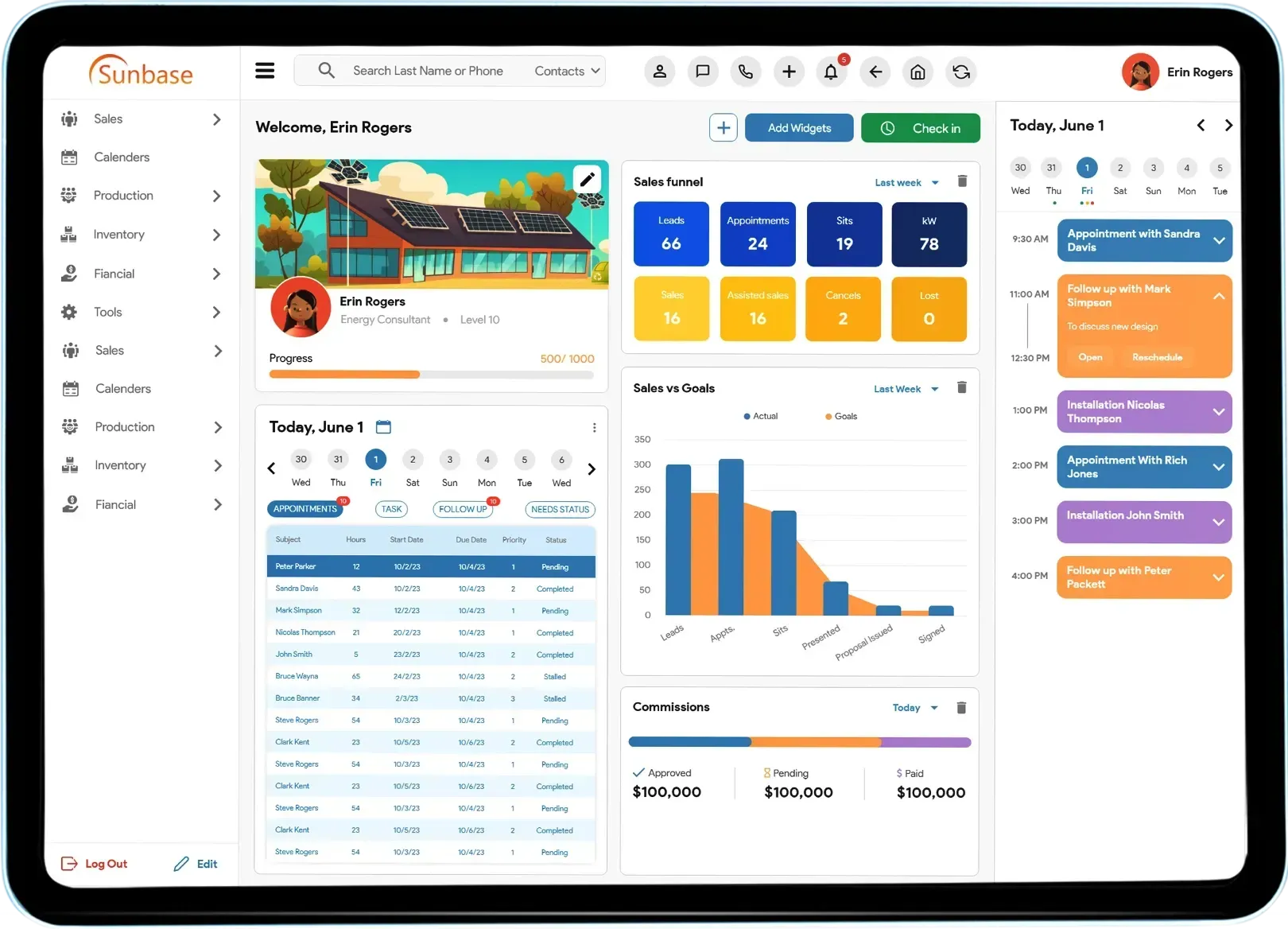
Sunbase: Your solar success ally. As a premier provider of solar software solutions, Sunbase equips sales and installation companies in the solar industry with cutting-edge tools for streamlined operations and accelerated growth.
With a commitment to innovation and efficiency, Sunbase empowers businesses to thrive in partnership with the Solar Energy Industries Association. Harness the power of Sunbase to elevate your solar business to new heights of efficiency and success.
Sunbase Solar Design Software
Sunbase solar design software is a cutting-edge tool that empowers solar installation companies to efficiently design and plan solar panel systems, enhancing the solar panel installation process. By maximizing panel effectiveness and minimizing costs, it makes solar projects more accessible and affordable.
Key Features of Sunbase Solar Design Software:
Remote Site Evaluation:
With just an address and an electric bill, Sunbase Solar Design Software enables one-click remote site evaluation. This feature minimizes the need for on-site visits and accelerates the initial assessment phase.
Proposed Installation Area Drawing:
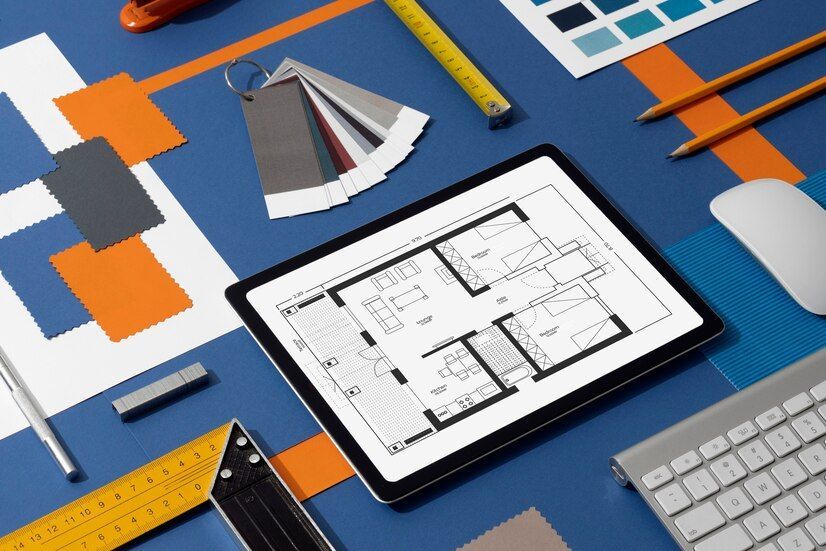
Users can draw the proposed installation area easily with the designing tool keeping factors like roof shingles and roof pitch in mind. Sunbase solar design software calculates available capacity based on the surface area, ensuring that the system design is optimized for maximum efficiency.
PV System Design Factors:
The software considers critical design factors such as roof pitch, azimuth, and panel direction to estimate PV Watts simulated production. This ensures that the system is tailored to the specific conditions of the installation site.
Array Layout and Positioning:
Sunbase allows for the detailed layout of solar arrays, panels, meters, and battery walls. This feature ensures that all components are positioned optimally for both performance and safety, taking into account the placement of electrical lines.
Energy Production Simulation:
The software provides tools for estimating energy production, helping users understand how much sunlight the location receives and how it translates into energy output. This is crucial for determining the potential energy savings and system performance.
Financial Analysis:
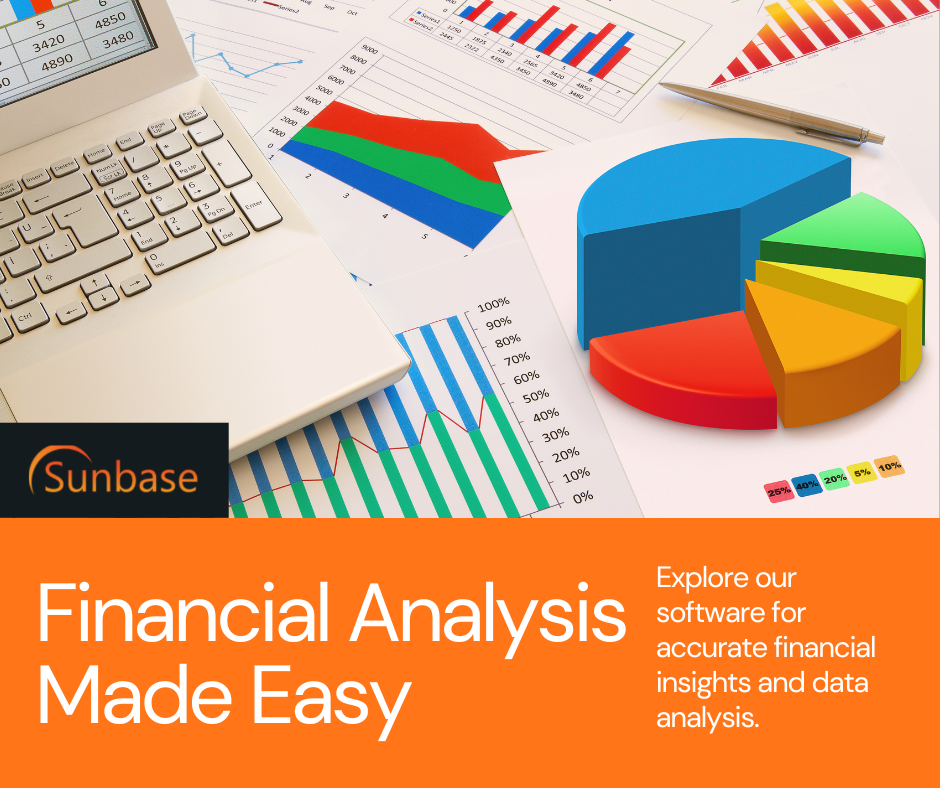
Sunbase includes tools for financial modeling, helping users calculate cost-benefit analyses, tax bill impacts, and eligibility for federal tax credits. This comprehensive financial insight aids in making informed investment decisions.
Integration with Other Systems:
The software supports integration with other design programs and can export designs in CAD format. This compatibility enhances workflow efficiency and collaboration across different stages of the project.
Visual and Document Integration:
After designing a PV system, the images and designs can be saved in prospect and customer records. These visuals can be included in solar proposals, contracts, and other documents to help close more deals and assist customers in visualizing their potential PV systems.
Usability and Scalability:
Sunbase Solar Design Software is designed to be user-friendly and scalable. It caters to solar installers of all sizes, from small businesses to large enterprises, allowing them to create both small-scale and large-scale projects without worrying about the cost.

This affordability and ease of use make it an attractive option for a wide range of solar professionals.
Impact of Solar Design Software Tools on the Cost of Solar Installation
Solar design software tools revolutionize the planning and installation of solar power systems by enhancing efficiency, accuracy, and cost-effectiveness.
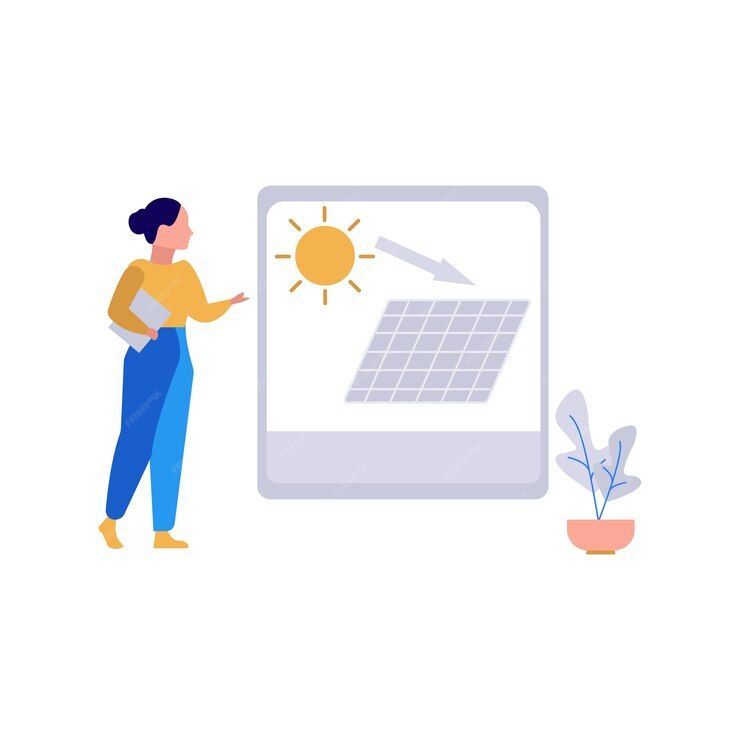
These advanced applications integrate geographical data and performance simulations to optimize every aspect of solar installations, from site assessment to financial analysis. Let's get into a deeper discussion on it.
Reduced Design and Planning Costs
Solar design software tools significantly cut down on design and planning costs by automating and refining the planning process. Traditionally, planning a solar power installation involved labor-intensive processes and manual calculations.
Advanced software tools incorporate geographical data and algorithms from institutions like the National Renewable Energy Laboratory to deliver precise system designs quickly. This reduces the need for extensive fieldwork, enabling planners to determine how much energy the solar panels produce in different conditions without multiple site visits.
This efficiency translates to lower labor costs and faster project initiation, making solar power installations more cost-effective.
Minimized Material Waste
One of the most substantial ways solar design software impacts costs is by minimizing material waste. Accurate site measurements and optimized designs ensure that only the necessary solar equipment, such as monocrystalline solar panels, racking systems, and electrical wiring, are used.
The precision means fewer panels and materials are wasted, which lowers the overall material costs. Proper design also ensures that adjacent panels are optimally placed to maximize energy production, ensuring the system uses every component effectively.
Enhanced System Performance
The solar design software optimizes the placement of solar panels and other components to ensure the peak efficiency of the system. Tools can simulate how much electricity a system will produce under various conditions, allowing designers to make adjustments that enhance performance.
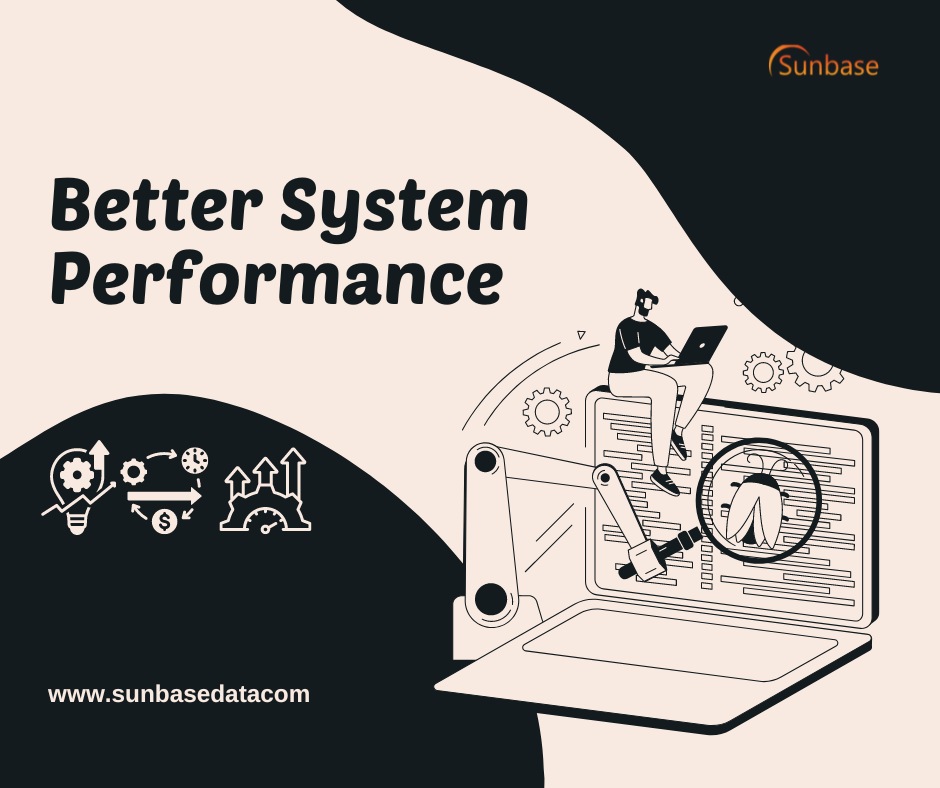
Optimizing panel placement also ensures the electricity produced by fewer panels can be maximized, reducing overall installation costs. Enhanced performance means solar panels save more energy and money in the long term, providing better returns on investment.
Streamlined Permitting and Approvals
Solar design software tools generate detailed, standardized reports that facilitate the permitting and approval process. These comprehensive documents include all necessary information about the electrical wiring, power inverter directly, charge controller, and other electrical components.
Faster approvals reduce administrative costs and project delays, ensuring that installations can proceed smoothly and promptly. This efficiency is crucial for benefiting from solar incentives, such as federal tax credits, which further reduce the cost of solar installation.
Accurate Financial Projections
These software tools offer robust financial modeling capabilities, helping users understand the financial implications of their solar power projects.
By calculating cost-benefit analyses and potential savings, including reductions on the electricity bill and eligibility for federal tax credits, these tools provide clear insights into the financial viability of a project.
Accurate projections help secure funding options like solar loans and solar leases, making solar power projects more accessible. Whether opting for a solar loan or a solar lease, having reliable financial data ensures better decision-making and planning.
Reduced Risk of Errors
The advanced simulations and design validations provided by solar design software prevent costly mistakes during the installation process.
By accurately predicting how much energy the system will produce and how much electricity will be consumed, these tools ensure that the installation meets all performance and regulatory standards.
This reduces the likelihood of errors that can lead to expensive reworks or inefficiencies. Additionally, the software helps in planning the integration of components like the battery bank, charge controller, and power inverter directly, ensuring a seamless and error-free installation process.
Optimized Use of Solar Equipment
Solar design software helps in optimizing the use of all solar equipment involved in the installation. For instance, tools can predict the performance of different types of panels, such as monocrystalline solar panels, under various conditions.
By incorporating factors like the angle of the sun, shading from adjacent panels, and the efficiency of electrical wiring, the software ensures that each component, from the racking system to the battery bank, is used to its fullest potential.
This optimization leads to more energy production and better system performance, ultimately reducing costs.
Improved Integration of Renewable Energy Systems
Byaccurately simulating and designing the entire solar power system, these tools facilitate the integration of various renewable energy components, including off-grid systems and community solar projects.

They ensure that systems can handle direct current electricity efficiently, converting it to AC electricity for household or commercial use. Proper integration also involves planning for excess power management, either by feeding it back into the grid or storing it in solar batteries.
This comprehensive planning reduces the need for costly adjustments and ensures the system runs efficiently from day one.
Safety and Compliance
Ensuring safety and compliance is another critical aspect where solar design software makes a significant impact. The software helps plan the installation process, including the safe placement of electrical wiring and the correct setup of the electric meter and energy meter.
The software minimizes the risk of accidents and ensures the installation complies with all regulatory requirements by adhering to safety standards and guidelines.
Installers are also guided to wear protective equipment during the installation process, further enhancing safety and reducing potential costs associated with accidents or regulatory fines.
Enhanced Customer Proposals
Finally, solar design software improves the quality of customer proposals. By integrating detailed visuals and performance simulations, these tools help potential customers visualize how the solar panels will be installed on their property.

This can include rooftop panels, ground mount systems, and the integration of components like the charge controller and power inverter. Better proposals can lead to higher conversion rates and more sales, ultimately reducing marketing and acquisition costs.
Customers are more likely to commit to solar power when they see clear, professional, and detailed plans that highlight the benefits and savings, including how much energy and electricity their system will produce and save over time.
How does Sunbase Solar Design Software help in reducing Solar Panel Installation Costs?
Here are some sure-fire ways Sunbase solar design software affects the cost of solar panel installation.
1. Design Optimization
1.1. Optimized layouts
Solar design tool helps design the layouts of solar panels in an optimized way which reduces the total number of panels and hence reduces the solar panel cost.
1.2. Efficient Panel Arrangement
Reduces the overall cost of solar panel installation for solar installer companies by properly arranging the PV panels in an optimized manner.
1.3. Site Analysis
Provides precise site analysis to determine the perfect location for installation that maximizes the production of energy and hence reduces the overall cost of solar panels in the long run.
1.4. Battery Integration
Integrates battery banks to store excess energy generated during the daytime which enhances the overall energy efficiency and decreases the dependency of the grid system for consumers, thereby reducing the electricity bills.
2. Financial Planning
2.1. Financial Modeling
It provides effective financial modeling that calculates overall project cost, return on investment, and payback period.
2.2. Expense Management
It assists in reducing overall expenses that occur during the installation which lowers initial cost for solar panel manufacturers and solar installer companies, thus making solar panel installation affordable.
2.3. Incentives and Rebates
The financial planning department of solar installer companies is aware of various incentives and rebates provided by the government, like tax credits for energy efficiency that reduce the cost of solar panel installation and promote the use of renewable energy sources.
3. Efficient Resource Utilization
3.1. Material Optimization
The software helps minimize material usage by generating more efficient layouts that use less material, fewer components, etc.
3.2. Simplified Process
The simplified design and installation process take fewer hours to complete with fewer sub-contractors needed, thus lowering labor costs.
3.3. Resource Efficiency
It ensures all resources including human labor, materials, and machinery are utilized in the most effective manner to cut down the overall project cost and increase profits.
4. Streamlined Permitting Process
4.1. Automated Documents
Cuts down on the administrative costs of the solar installer company and speeds up the permitting process.
4.2. Reduced Paperwork and Delays
The streamlined procedures facilitated by solar design software reduce paperwork and avoid delays, thereby cutting costs involved in installing solar panels quickly. This applies even to those undertaking DIY solar panel installation, making the process smoother and more efficient for homeowners.
5. 3D Modeling
5.1. Accurate Design and Optimization
Software's 3D modeling capabilities allow for accurate design and optimization of the solar panel arrangement, reducing the quantity of solar panels required and thus lowering the solar panels cost.
5.2. Reduced Installation Time
Sunbase Solar Design Software provides accurate 3D models, reducing installation time and labor hours, which in turn reduces the cost of solar panel installation labor.
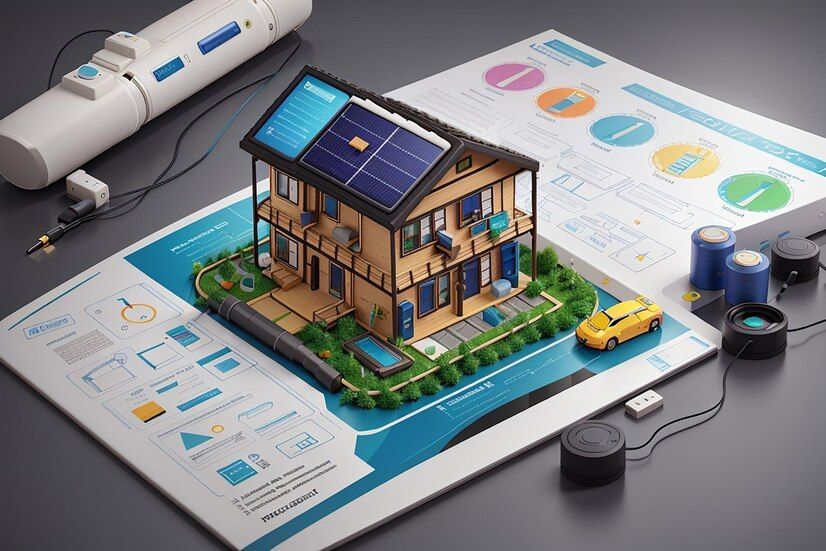
5.3. Early Conflict Identification
Identifies design conflicts and problems early in the design stage allowing for corrections to be made before electrical panel installation begins, thus reducing solar panel system installation errors, costly rework, and waste.
5.4. Visual Clarity
Provides visual clarity that reduces stakeholder communication problems and misalignments, thus lowering the chances of project requirement changes and increasing costs.
Wrapping Up
In essence, solar design software stands as a game-changer in the realm of solar panel installation costs. They optimize every single aspect of the solar panel installation process right from its design to its accounting.
Sunbase solar design software is without any doubt, a path breaker in the solar industry as it equips companies to set up the best solar panels at affordable rates. With Sunbase Solar Design Software, the promise of sustainability becomes synonymous with cost-effectiveness, propelling us toward a cleaner, brighter future.
About Sunbase
Optimize efficiency, slash costs, and deliver solar projects faster with Sunbase Solar Design software, Solar Proposal Software, etc.
Are you ready to take your solar installation to the next level? Contact us and let's talk into details.
Frequently Asked Questions
Q1. How exactly do solar design software tools make sure we get the most out of our solar panels?
Ans. These tools are incredibly advanced. They use sophisticated algorithms and satellite imagery to determine the optimal locations for placing solar panels. This approach maximizes energy capture and minimizes the number of panels needed.
Q2. How does solar design software help us save money on maintenance in the long run?
Ans. The software helps in creating accurate designs and recommending high-quality components. This means fewer system failures and less need for maintenance.
I agree to receive marketing messaging from Sunbase at the phone number provided above. I understand data rates will apply, and can reply STOP to OPT OUT.







